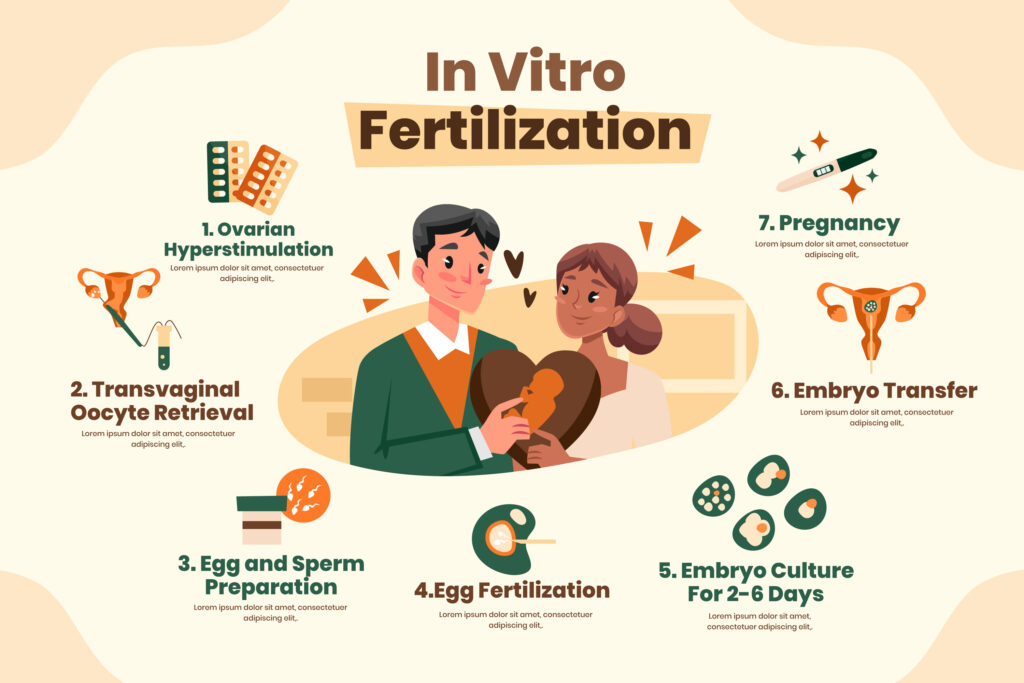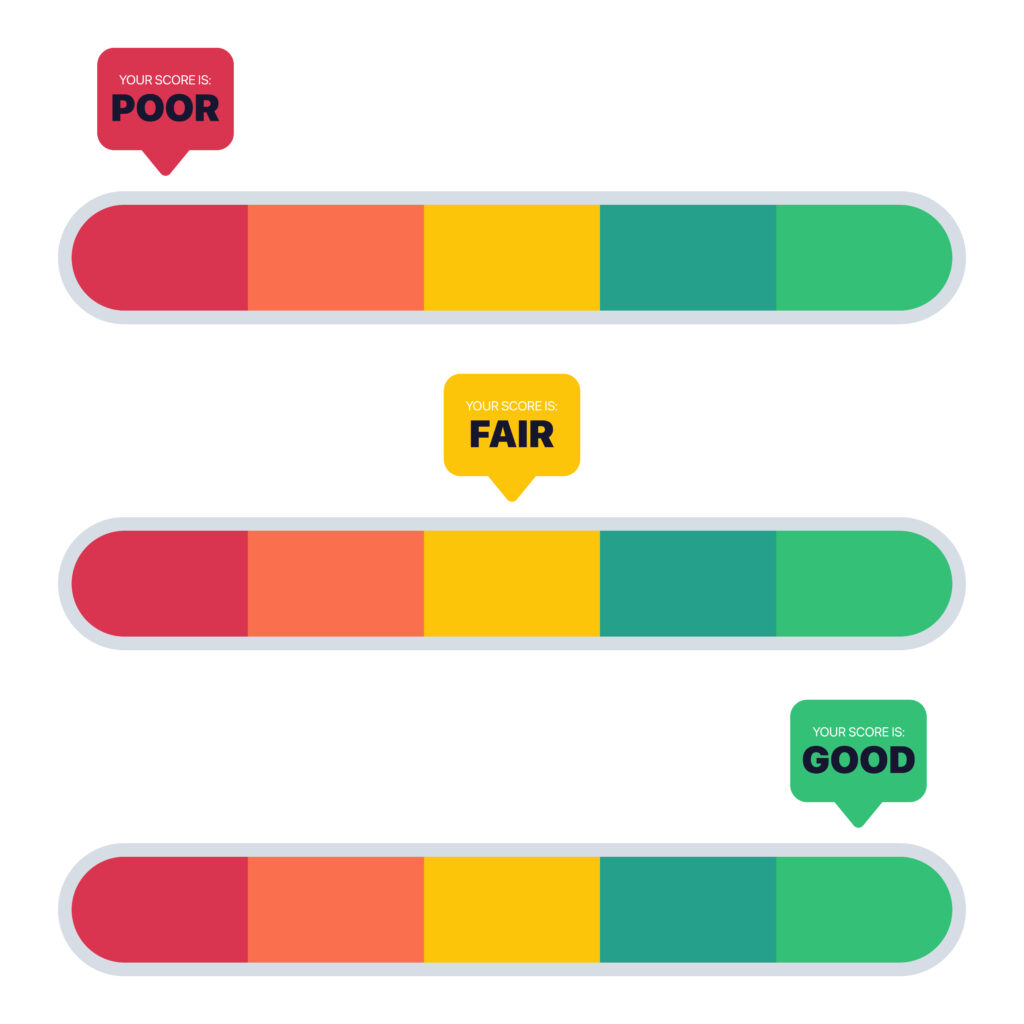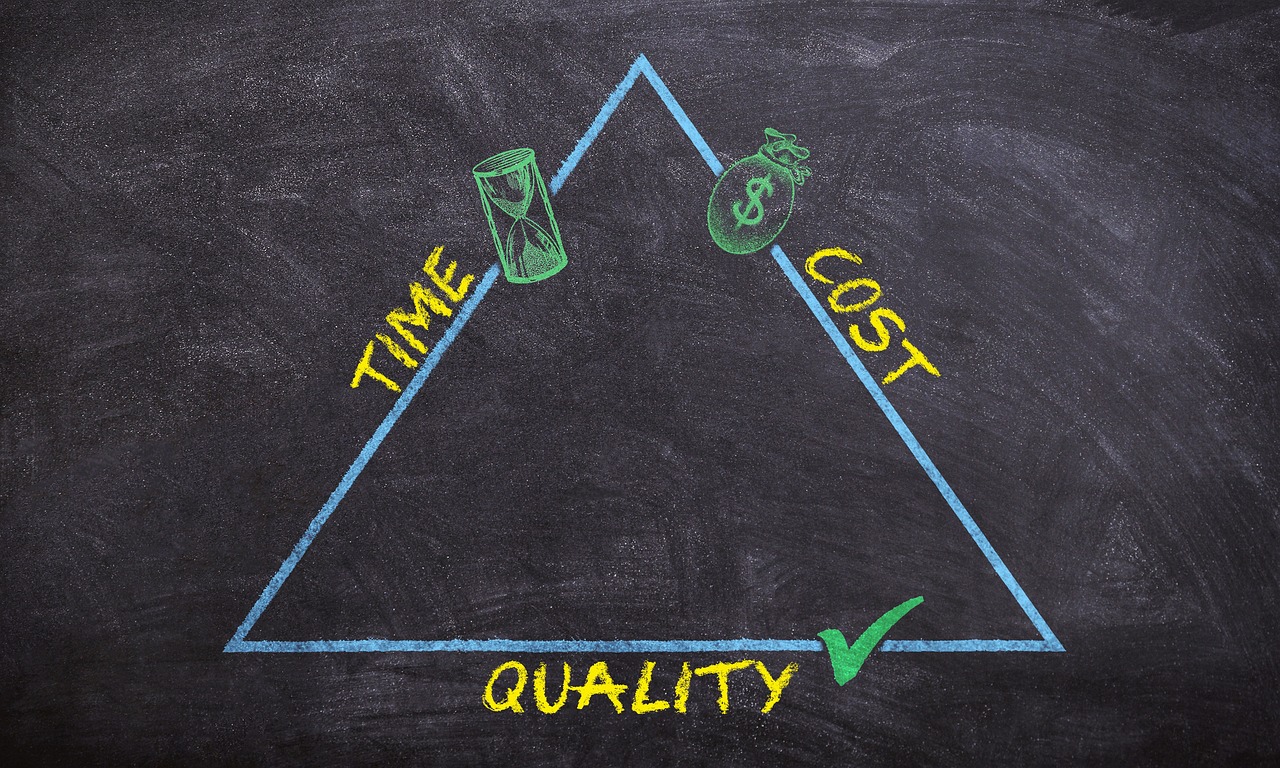Table of Contents
Latest IVF Technologies
A Brief Introduction to IVF

Have you ever heard of IVF? IVF stands for In-Vitro Fertilization, a revolutionary medical procedure that aids couples struggling with infertility. Imagine baking, where the ingredients are combined in a bowl to create a cake. In IVF, the sperm and egg meet outside the body, somewhat like our baking ingredients in a ‘biological bowl,’ to form an embryo. This embryo is then placed back into the woman’s womb.
The Evolution of IVF
Early Days and Milestones
When IVF was first introduced in the late 1970s, it was groundbreaking. Remember the world’s first IVF baby, Louise Brown? Born in 1978, she marked the dawn of a new era. But like all early technologies, the process had its limitations.
Recent Advancements
Over the decades, IVF technologies have evolved, like phones transforming from the chunky bricks of the ’80s to the sleek smartphones of today. These advancements have led to higher IVF success rates and more tailored treatments for patients.
Cutting-Edge IVF Technologies
Time-lapse Imaging
Think of this as a time-lapse video you might see of a flower blooming. In this technology, embryos are monitored in real-time, allowing experts to choose the healthiest ones for transfer. It’s like having a front-row seat to the miracle of life!
Genetic Screening
Imagine buying fruit and being able to scan it to see if it’s ripe or has any defects inside. Genetic screening, or Preimplantation Genetic Sesting, is somewhat similar. It screens embryos for genetic disorders, ensuring only the healthiest are implanted.
AI in IVF
You know how AI suggests songs based on your listening habits? AI in IVF can predict which embryos have the best chance of a successful pregnancy. It’s like matchmaking, but on a cellular level!
Benefits of New Technologies
Increased IVF Success Rates

Just as modern cars have better fuel efficiency, the latest technologies have improved IVF success rates. This means a higher chance of couples experiencing the joy of parenthood.
Personalized Treatment Plans

Every individual is unique. Why should medical treatments be one-size-fits-all? New technologies allow for treatments tailored to individual needs, much like a bespoke suit or dress.
Possible Challenges
Ethical Concerns

With great power comes great responsibility, right? Advanced IVF opens up debates about the ethics of choosing specific traits or screening out disorders. It’s a balancing act between innovation and morality.
Cost Implications

Top-tier tech usually comes with a higher price tag. Think of the latest smartphone models. Similarly, some of the newest IVF technologies can be costly, making accessibility a concern for many.
The Future of IVF Technologies
More Personalization
In the future, we might see even more customized IVF treatments. Think of it as getting a playlist that knows not just your favorite genres, but your mood swings throughout the day.
Integration with Other Medical Technologies
The marriage of IVF with other technologies, like wearable health devices, could provide a holistic approach to fertility treatments. Imagine a world where your smartwatch advises you on your fertility health!
Popularity of IVF Treatment in India
In recent years, India has become a hotspot for IVF treatments. Picture this: couples from all over the globe landing in India with hopes of holding their little one in their arms. But what has led to this surge?
Advantages of Choosing IVF Treatment In India
Cost-Effectiveness

When we think of medical treatments, the cost is often a deciding factor. IVF treatment in India offers quality services at a fraction of the cost compared to Western countries. It’s like getting a luxury car for the price of an economy one!
Expert Medical Professionals

India boasts of some of the best IVF specialists in the world. With years of experience and cutting-edge expertise, they’re the wizards of the IVF world!
Advanced Medical Technology

Modern labs, state-of-the-art facilities, and innovative techniques – that’s the IVF scene in India for you. Isn’t it amazing how technology can shape our dreams?
Steps Involved in IVF Treatment in India
Understanding IVF is like learning to dance; you need to know the steps! The process usually involves ovulation induction, egg retrieval, fertilization, and embryo transfer. Each step, crucial in its own right, ensures the best possible results.
Potential Risks and Success Rates
As with all medical procedures, IVF has its risks, like ectopic pregnancies or multiple births. However, the IVF success rates in India have been impressive, with many clinics boasting a 40-75% success rate. It’s like climbing a mountain; there might be risks, but the view from the top is worth it!
Conclusion
The world of IVF is an exciting frontier of medical science. With each passing year, we see innovations that bring hope to countless couples worldwide. While challenges are there, but the potential for positive change is immense. After all, at the heart of IVF is the dream of bringing new life into the world.
FAQs
What is IVF?
IVF stands for In-Vitro Fertilization, a procedure where an egg is fertilized by sperm outside the body.
How has IVF technology changed over the years?
IVF technology has seen numerous advancements, from time-lapse imaging to AI integration, leading to higher success rates.
Is genetic screening in IVF safe?
Genetic screening is considered safe, but it's essential to discuss potential risks with a healthcare professional.
How does AI play a role in IVF?
AI can analyze vast data to predict which embryos have the best chance for a successful pregnancy.
Are the latest IVF technologies available to everyone?
While many new technologies are available, factors like cost and location can influence accessibility

